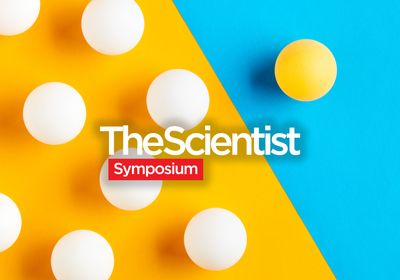In 2001, the Human Genome Project completed the first ever rough draft of a human genome. In the two decades since, -omics technology has grown by leaps and bounds. Today, multiomics is the name of the game, as scientists seek and have access to multi-layered information on how different facets of biological systems interact with one another. Gary Schroth, Distinguished Scientist and Vice President at Illumina, has been a part of this -omics revolution from the start. A self-described “genomics guy,” Schroth is excited about where multiomics currently is and where it is going.
In modern science, how is multiomics defined and why are multiomic approaches important?

We have known for a long time that someone’s genome is the blueprint for their life. However, we realize now that functional genomics—how genotype translates to phenotype—is just as important. Multiomics helps us sort through the functional part of functional genomics.
Today’s multiomics is driven by the different approaches enabled by next-generation sequencing (NGS). At the beginning, the conversation was about simply sequencing DNA. After that, we started sequencing RNA. Then, methylation patterns, the microbiome, the transcriptome, and so on. The early 2010s brought single-cell resolution to the fore, and all of these methods developed during the first five or ten years of NGS are now being applied at the single-cell level, which is really important for establishing spatial and functional relationships.
Cancer is probably the clearest example of why multiomic approaches are important. I think that it is very clear that in the future, scientists will not just want to see if you have certain mutations. They will want to understand tumor heterogeneity at the genomic level—which means looking at mutations and fusions in their spatial context. They will want to look at the spatial relationships of tumor-infiltrating lymophocytes. I think that this information will tell us a lot about how we can develop new therapeutics and potentially new vaccines against cancer.
How are scientists using multiomics in basic, translational, and clinical research situations?
In basic science, multiomics is proving the old adage “the more we learn, the more we realize how much we don’t know.” Every time we take a classic system, such as Drosophila, and apply multiomic approaches, we see so many unexpected phenotypic drivers playing out in concert within these systems. When we talk about translational and clinical applications, multiomics is showing us how complicated biology really is, and that is a little bit daunting. One major example of this is how the human microbiome interacts with our bodies. Multiomics shows us that we have barely scratched the surface of the human microbiome: scientists have found bacteria in places we thought were sterile and they have not identified most of the species present inside our bodies, and researchers are constantly finding microbiome DNA sequences that do not map to anything in existing databases. On the one hand, it is daunting, but on the other, it is awesome and exciting to have the capability to push further and delve deeper into understanding how all of these components affect our health.
Is multiomics becoming more accessible now?
Yes it is, and a lot of that is driven by next-generation sequencing technology. I was at Illumina when we did not have a next-generation sequencer, and at that time it would have cost at least two million dollars to generate a 125 gigabase genome. Today, with our NovaSeq X system, people will be able to generate that same 125 gigabase genome for about $200. There is no other technology that has been able to become more efficient in less than 15 years by that many orders of magnitude. We are really proud of that.
A few years ago, someone might have opted for an exome sequence rather than a genome because full genome sequencing was hard to afford. That is not the case now. In addition to a full genome, some scientists add proteomics, transcriptomics, epigenomics, or even microbiome or immune system profiling. The ability to do more with the same budget is really driving interest in multiomic approaches.
What we at Illumina want to do is create an environment that paves the road to the sequencer. In May 2018, we acquired Edico Genome, who had built DRAGEN, which is now our informatics and processing platform. We have built it directly into the NovaSeq X platform, and because of that, we can do quite a lot of the analysis right onboard the instrument, while still retaining the ability to transfer various parts of the analysis off the instrument to your own database, cloud computing software, or other DRAGEN pipelines offline. We pride ourselves in our informatics suite. Last year, there were one or two million genome equivalents processed with DRAGEN pipelines, which is a testament to how it is one of the fastest and most accurate pipelines available worldwide.
To learn more, download the new edition of the multiomics ebook from Illumina.
This interview has been edited and condensed for clarity.




